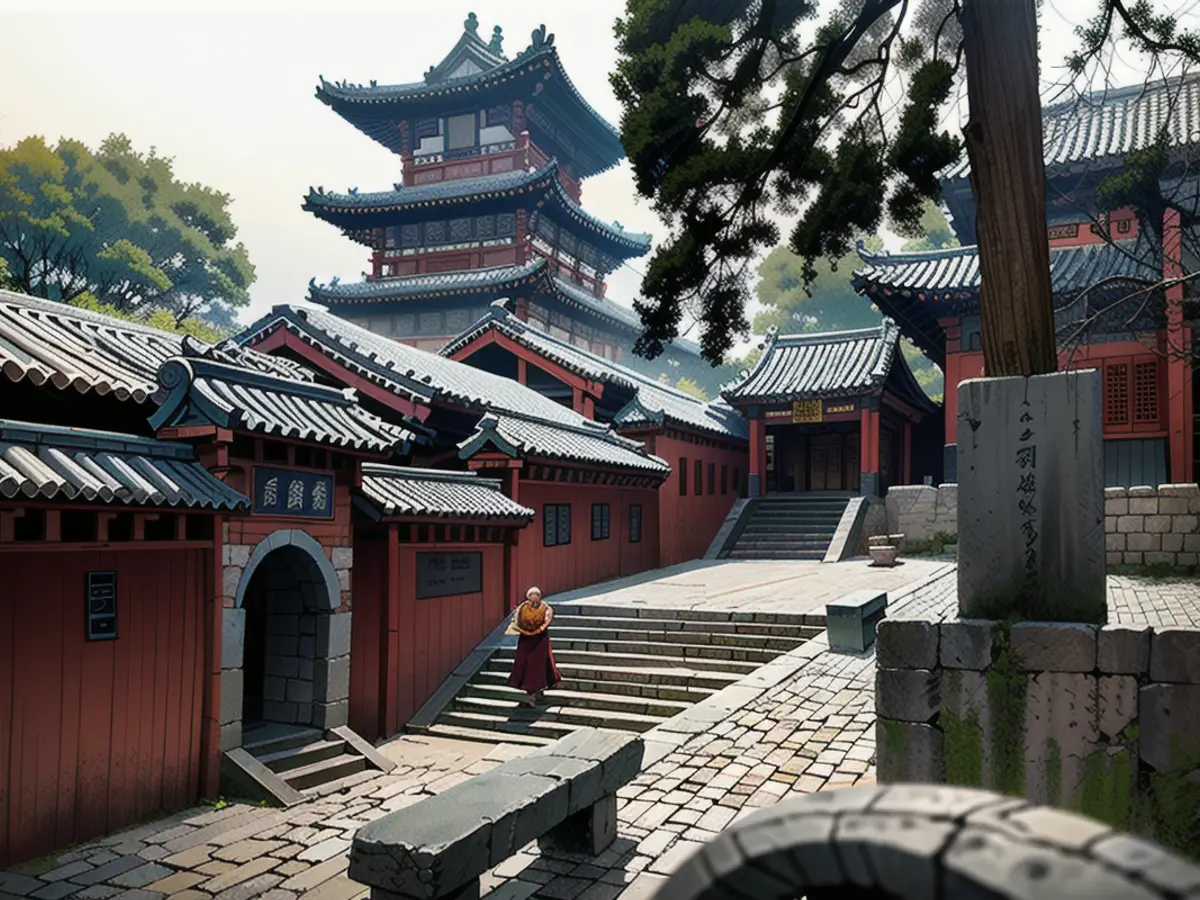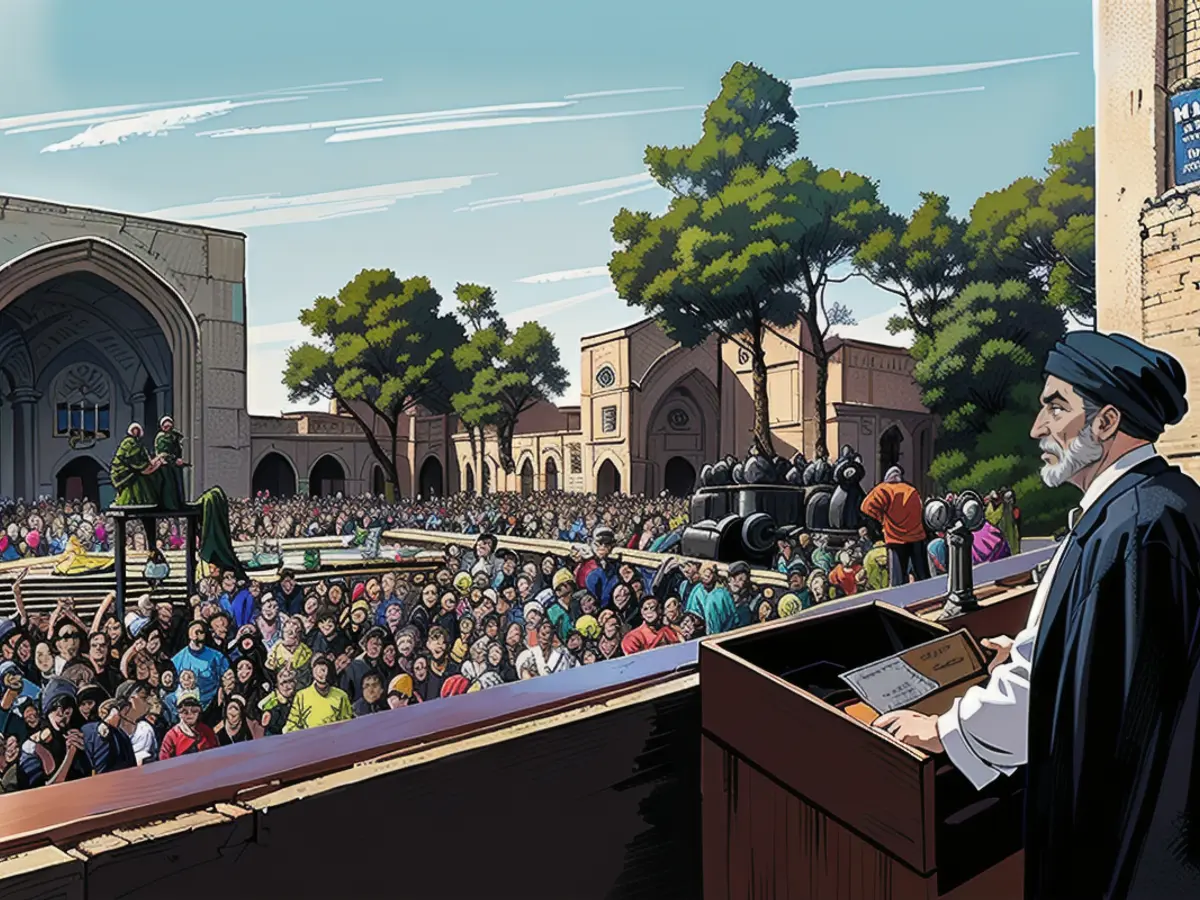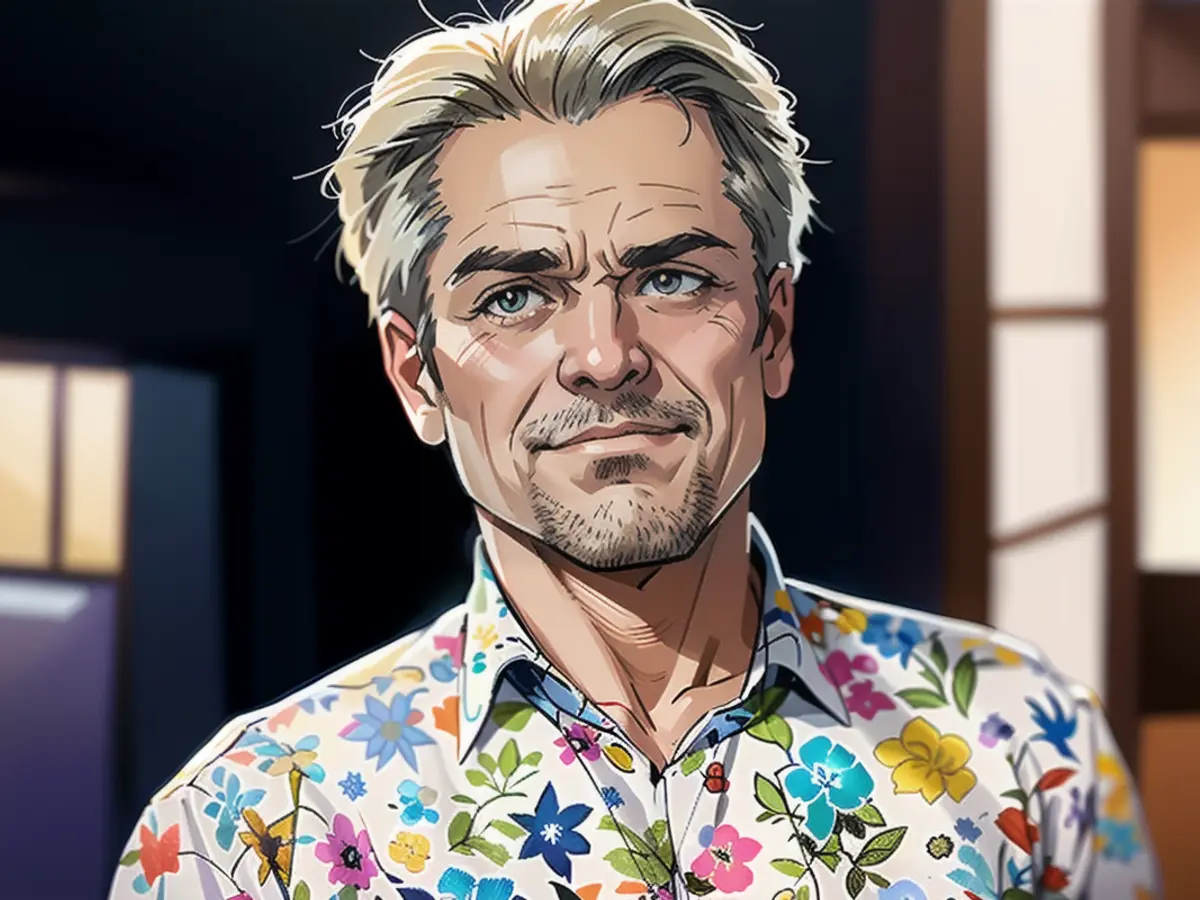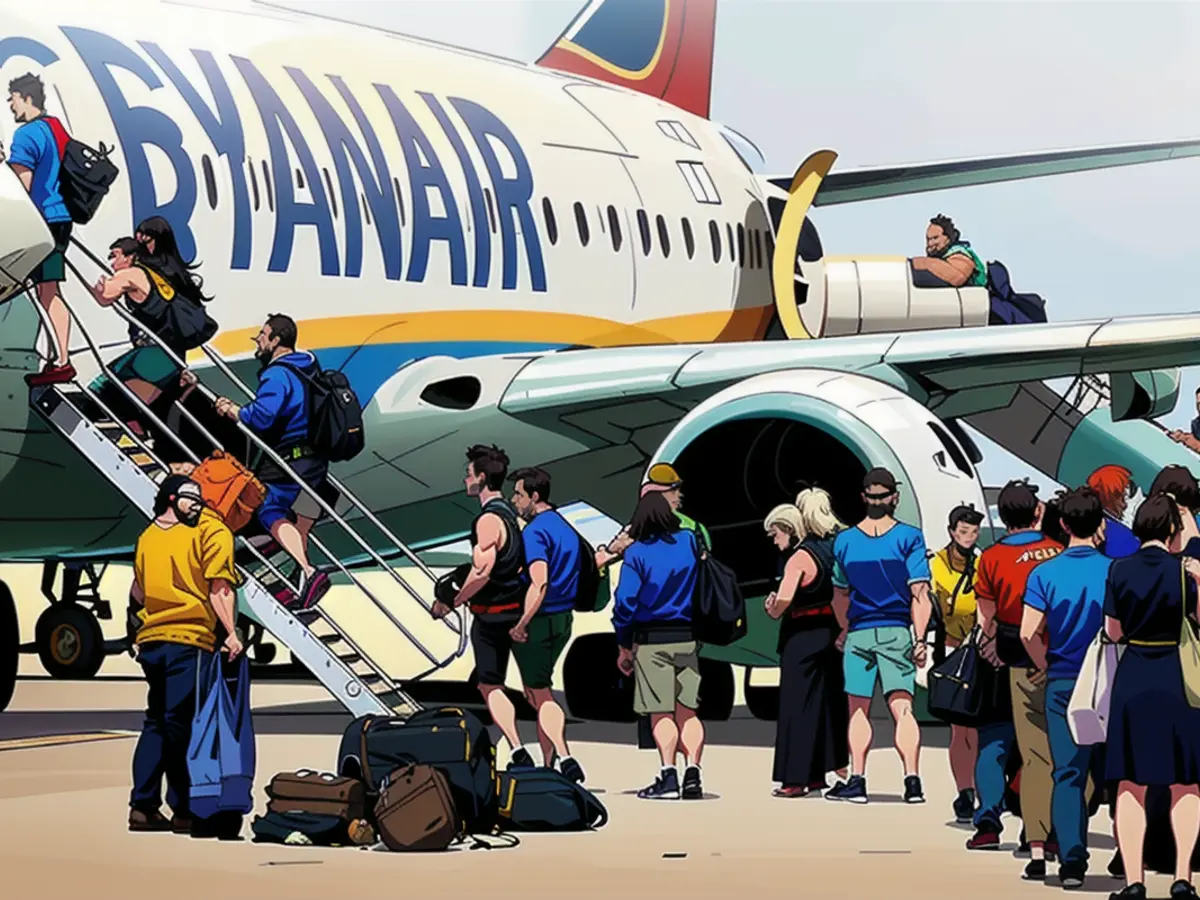China's renowned Shaolin monks displaying remarkable acrobatic feats were photographed by this artist.
A young Shaolin monk skims across a wall, his face displaying intense focus and possibly a touch of surprise. Nearby, four other trainees from a Chinese martial arts academy laze about, oblivious to the gravity-defying action happening directly overhead. Their vibrant orange robes and Feiyue sneakers contrast with the earthy wall behind them.
The picture's background reveals a guy moving swiftly, making the monk's gravity-defying act even more prominent. Another monk performs a splits-like stance in the background, displaying his agility.
"It's about the contrast of high-level action paired with the nonchalance of those sitting around," photographer Steve McCurry said to CNN over a call from his Philadelphia home. "That was the composition I appreciated in this photo."
The image can be found in Magnum's Square Print Sale, coexisting with the works of other photographers. McCurry shot it in 2004 as part of a personal project, with the goal of documenting various forms of Buddhism around the world. Despite not identifying as a Buddhist, he is intrigued by the religion and incorporates some of its teachings into his own life.
The Shaolin Temple, founded in AD 495 on Mount Song's slopes, is reputed to be the cradle of Chan Buddhism. Though the faith promotes nonviolence, initially the temple's warrior monks trained in martial arts for self-defense from bandits. As their strenuous physical training became intertwined with their quest for enlightenment over time, Shaolin kung fu gained notoriety.
The 1982 movie "The Shaolin Temple," which propelled Jet Li's career and was filmed on-site, contributed to renewed interest in the monastery. By the time McCurry visited in 2004, dozens of martial arts schools had established themselves along the road leading up to the temple.
"It's astonishing to watch them perform and train. You can barely imagine that people can actually do these somersaults with their bodies," he remarked.
A Career Exploring the World
McCurry began his career at a local newspaper after graduating from Penn State. He then ventured into freelance photography, snapping images of people in some of the most hazardous and remote locations globe.
His career truly took off after he covertly crossed the border from Pakistan into Afghanistan in 1979, just as the Soviet invasion was about to begin. He smuggled out the film by hiding it in his clothes, offering the world some of the first glimpses of the conflict that claimed at least 500,000 Afghan lives and displaced millions.
His 1984 "Afghan Girl" image – which captured the piercing green eyes of a 12-year-old refugee in Peshawar, Pakistan, and was displayed on National Geographic's June 1985 cover – is one of the world's most famous photos.
Over the course of his 50-year career, McCurry, now 74, has filled more than 20 passports, capturing animals, festivals, worshippers, fighters, crises, and catastrophes in locations ranging from Niger to India. He uncovers the clash of the ancient and the modern, the curious amid the mundane, and highlights the familiarity of strangers.
In 2016, McCurry faced backlash when one of his images in an exhibition was discovered to be digitally altered. He claimed it happened in his studio while he was away traveling, but more photomontages that appeared to be manipulated surfaced, sparking a debate on the ethics of photojournalism.
In response to the accusations, the photographer told Time magazine later that year that, apart from a brief stint at a Pennsylvania newspaper, he had never been employed by a newspaper, news magazine, or news outlet. As a freelancer, he had accepted multiple assignments, including advertising campaigns. He said his work had "entered the realm of fine art" and that he considered himself a "visual storyteller."
"I'm aware it can be confusing ... for those who think I'm still a photojournalist," he added, vowing to use Photoshop "sparingly" even for his own photos taken on personal trips moving forward.
"Going back again and again"
Prior to taking the photo of the wall-running monk, McCurry had previously visited the Shaolin Temple 20 years prior. He remembers it being "quite empty" during that first trip and seeing only "bicycles and people in Mao suits."
When he returned, a kung fu craze swept China. Movies inspired a nationwide trend of training by the tens of thousands (mostly Chinese men and boys), with many seeking employment in security services, performance troupes, and the entertainment industry.
The photographer gained access to one of the academies and spent a few days with the monks, observing their daily schedule, which included practicing acrobatics repeatedly. Some of the boys dined with McCurry at a local noodle café, sharing their aspirations for lucrative positions in security, performance groups, and the entertainment sectors. "They were typical children," he said. "However, they were incredibly dedicated and focused on this practice."
While staying among the monks, McCurry snapped photos of their arduous training routines, with a few of them hanging upside down by their feet with their hands pressed into a prayer position.
He was determined to get the perfect shot, balancing elements like the subject, angle, light, and backdrop. "It's about capturing the moment and repeating the process," McCurry explained.
After much practice, his efforts were rewarded. "This photo evokes a wide range of emotions," he remarked of the end result featuring the wall-running monk. "For some, it brings a smile, while others are amazed by the physicality of these young boys."
Read also:
- Caught up in the present: the end of "The Crown"
- Through New Year's Eve with TV shows
- What's next for the series hits?
- Which shows will be on?
Source: edition.cnn.com








